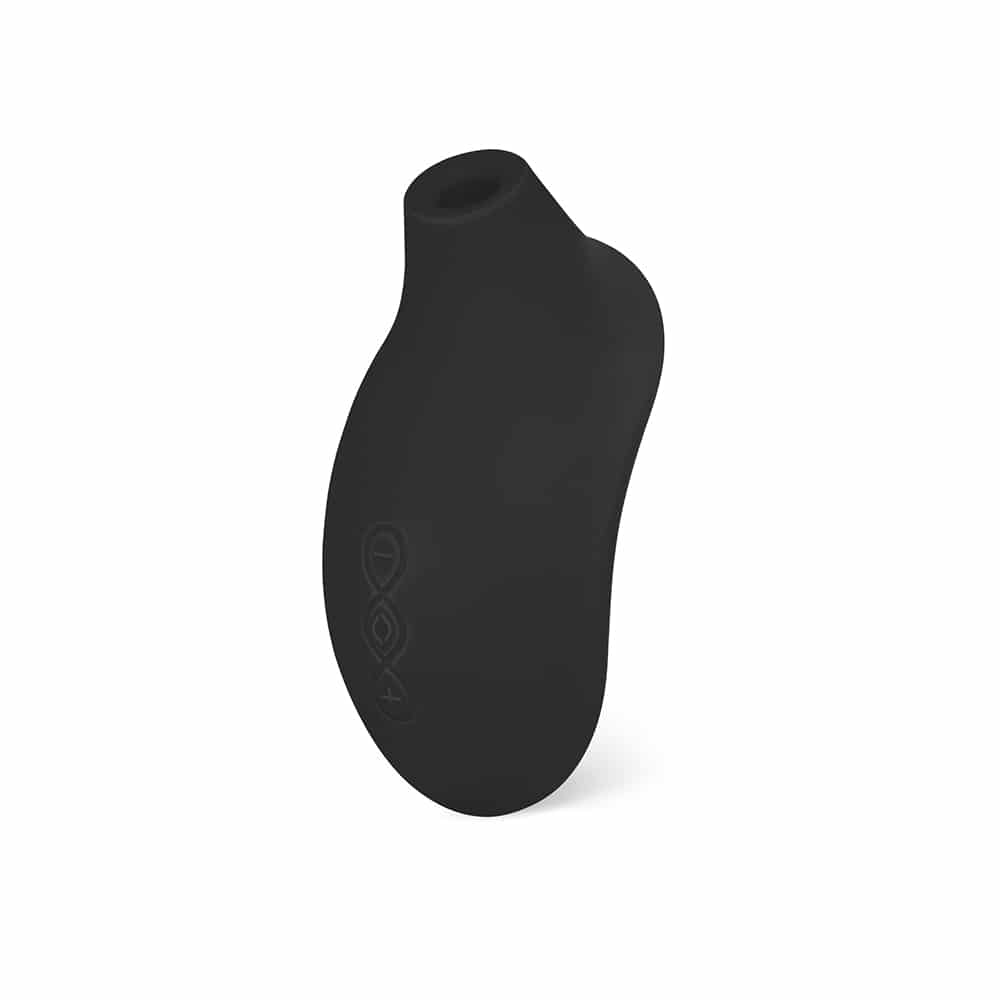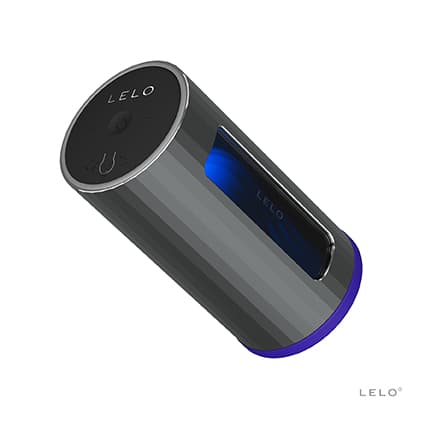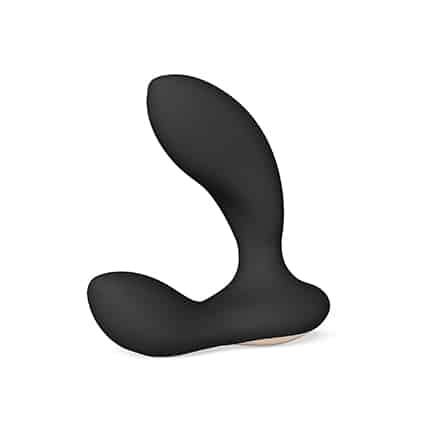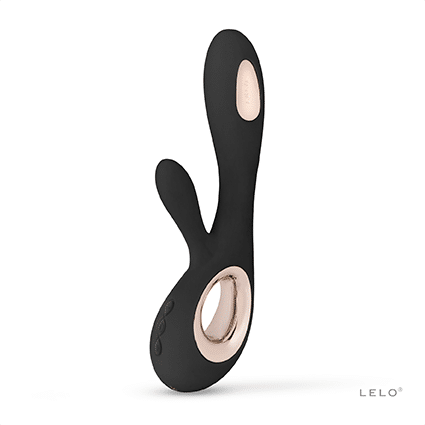Blog
How To Clean and Maintain Shared Sex Toys

Sharing sex toys can be fun, hot, and help you connect in the bedroom, but it comes with responsibilities as well. Whether you’re not yet exclusive with your current partner, you‘re polyamorous, or you’re just using a sex toy with someone new for the first time, learning how to clean sex toys between uses with different partners is key to safer sex.
Sex toy hygiene is a cornerstone of safe play. It prevents cross-contamination risks, STI transmission, and infections. However, with the right knowledge and sanitizing methods, you can take precautions to keep shared toys clean and ready to use at any time.
Understanding the Risks of Sharing Sex Toys
When toys are passed between partners (or even used on different body parts during playtime) they can carry STIs and infections such as bacterial vaginosis or yeast via bodily fluids. Porous materials can also hold onto bacteria and are more difficult to clean than non-porous materials.
Even if you’re only playing with one partner or on your own, using the same toy for anal and vaginal play without proper cleaning can transmit potentially harmful bacteria, especially if you’re going from anal play to vaginal play.
Safe Materials for Shared Sex Toys
Always opt for body-safe, non-porous materials from high-quality brands. The best materials that are easy to clean include medical-grade silicone, borosilicate glass, stainless steel, and ABS plastic, as they’re all non-porous and won’t trap bacteria, making them a breeze to sanitize.
Sex toy hygiene becomes more complicated when you introduce porous materials. When you’re sharing sex toys, avoid toys made from jelly rubber, TPE, latex, and fabric, as they are difficult to fully disinfect and can harbor bacteria. If your heart is set on sharing a toy made from these materials, always use a condom with them.
Best Cleaning Methods for Shared Sex Toys
- For Non-Porous, Waterproof Toys: Wash the toy with warm water and mild, fragrance-free soap. To further sanitize, use a toy cleaner or a hydrogen peroxide solution, which are body-safe disinfectants. This is ideal after a group play scenario. Boil silicone, glass, or metal toys without motors for 5 minutes as one of the most effective deep cleaning methods to ensure spic and span toys.
- For Non-Waterproof or Electronic Toys: Submerging or even rinsing electronic toys or ones that aren’t explicitly labeled as waterproof can damage them. If there isn’t an IPX rating that states how waterproof a toy is, the best sex toy cleaner options would be antibacterial wipes or using a damp cloth with mild soap, rather than directly rinsing. Try not to submerge battery components or charging ports in water to prevent damage.
- For Porous Toys That Must Be Shared: While it’s not ideal, if you decide to use porous toys, sex toy safety, and hygiene practices are more important than ever. Always cover toys with a condom during play (or wear one yourself if it’s a sex toy for a penis owner, such as a stroker) to reduce contamination. Immediately afterward, clean the toy with an antibacterial spray or a specialized toy cleaner. Since they can harbor bacteria, it’s a safer bet to replace porous toys more frequently than you would with non-porous alternatives.
How To Disinfect Shared Toys Between Uses
When using toys back-to-back, quick but effective disinfection is a step you don’t want to miss in the process of how to clean sex toys for shared use. The quickest method to sanitize toys between partners (especially if you want to stay in the heat of the moment or are in a rush) is an alcohol or hydrogen peroxide wipe-down. You can also use a high-quality, antibacterial spray for disinfecting sex toys.
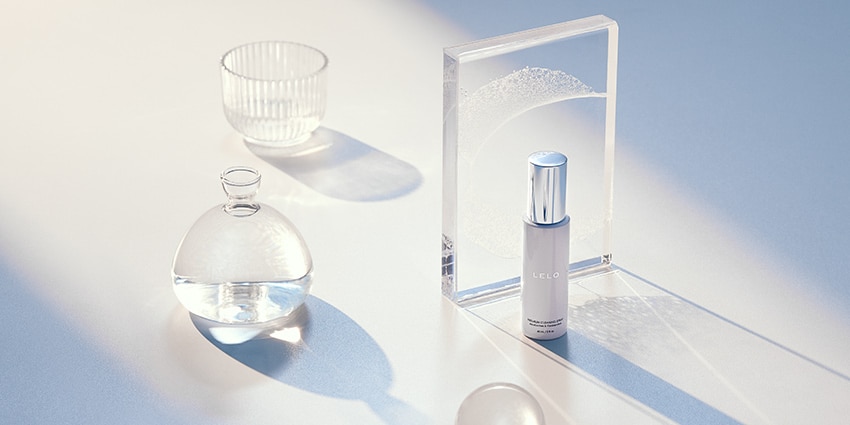
UV sanitizers are also convenient, high-tech devices that use UV light for disinfecting sex toys, killing bacteria or viruses without damaging materials. This can be a helpful added measure if you’re using a toy that isn’t waterproof or is made of porous materials.
However, it’s important to note that while UV-C light can kill these germs, it may not remove all pathogens completely, so it’s best to combine with an additional cleaning method if possible for maximum sterilization. Finally, employing the boiling method is the best way to kill pathogens and deep clean toys that are non-electric and heat-safe.
When To Use Condoms on Shared Toys
Condoms add an extra layer of protection for porous toys as they prevent bacteria from being absorbed. They can also be used for non-porous toys if you want greater peace of mind. For non-waterproof vibrators, they can make cleanup easier, reducing exposure to moisture and keeping things cleaner since your options are limited to a damp cloth or wipes rather t han a more comprehensive cleaning method.
It’s also a good idea to use condoms between partners and play changes, even if everyone has been tested or is on another contraceptive method. Condoms can protect against cross-contamination when switching between people or body parts. Add lube to the outside of the condom to help prevent breakage.
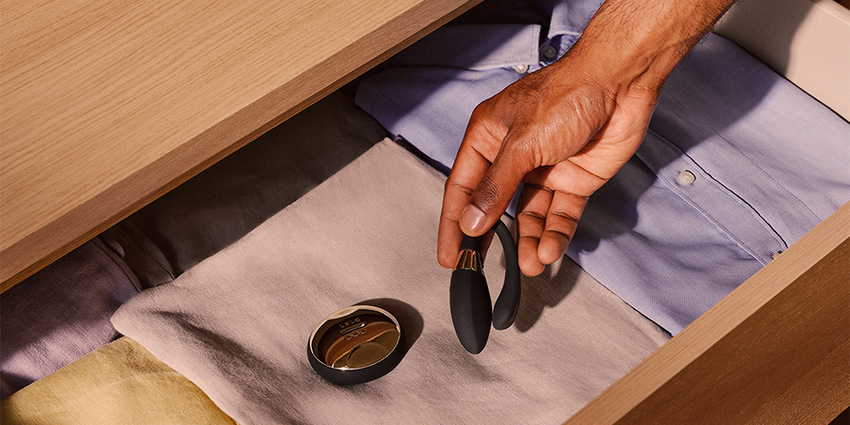
Proper Storage of Shared Toys
Proper storage methods are just as important as knowing how to clean sex toys. For cross-contamination and infection prevention, keep toys in individual storage bags or cases. Some cases or bags even have built-in UV lights to enhance cleaning capabilities further.
After cleaning shared adult toys, make sure that they are completely dry before you put them away. This will prevent bacterial growth and mildew (a type of mold) caused by moisture. It may also be helpful to stay organized by labeling or designating toys for specific uses, especially if you’re using them often in group play scenarios or live a polyamorous lifestyle. This can help prevent accidental mixups.
Common Mistakes to Avoid
Even those who diligently clean and store their toys can experience unintentional slip-ups. One common pitfall is delaying cleaning. Bacteria can multiply quickly if sex toys sit unwashed, so be sure to clean them with the right method immediately after using.
Another mistake can be using harsh chemicals on toys, such as bleach and abrasive cleaners. This can damage materials, and leftover residue from strong cleaners like bleach can be harmful to your body.
Lastly, don’t store toys made from mixed materials together. Silicone toys or porous materials, for instance, can react when rubbing against each other and cause degradation, which is why it’s best to store toys individually in cloth or original packaging when possible.
To Sum it Up
Knowing how to clean sex toys, especially in a shared context, might not be the first bedroom activity that gets you turned on. However, it’s an essential part of safer sex that ensures everyone involved stays happy and healthy. By choosing non-porous materials, sanitizing between each use, using condoms when it’s called for, and storing toys properly, you can do your part to protect yourself and your partners from unnecessary risks.
Your next step: Take a moment to look at your current toy-cleaning routine. If you think it might need a refresh, implement these simple changes to make your playtime safer and more hygienic.
Discover pleasure with:

